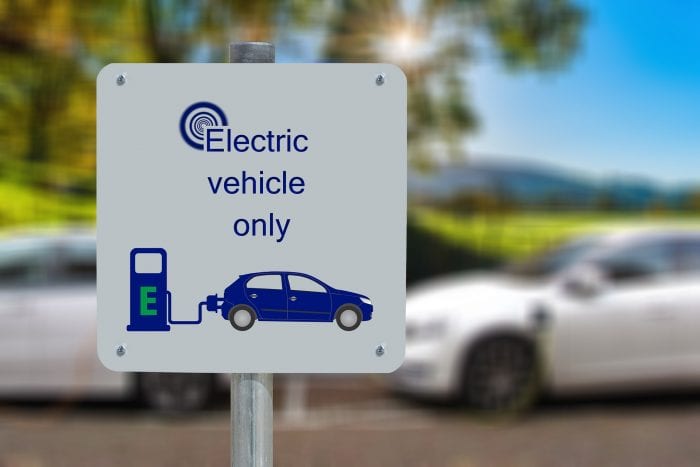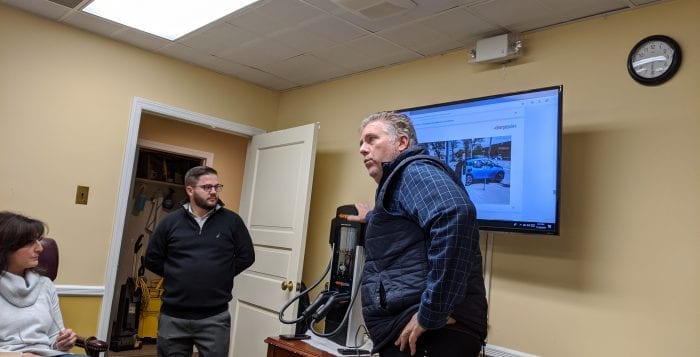In an increasingly modern, information-based economy, survival requires an ability to adapt to the changing environment.
On the other hand, those who shrink in the face of change will have the hardest time navigating this new normal. This week, TBR News Media was fortunate to speak with several leaders throughout our area. Their warning was the same: Long Island is still unprepared to meet the demands of the 21st century.
Martin Cantor, director of the Long Island Center for Socio-Economic Policy, shared with us the history of mass transit systems on Long Island.
Sometime during the suburbanization of Long Island, regional planners failed to account for population increase and the great many cars to accompany it. Today, we pay the cost of failed planning in the form of cluttered roads and endless traffic.
So reliant are we on our cars, some well-intentioned reformers now suggest that we transition to electric cars here on Long Island — and throughout the country. This, too, has its drawbacks.
Kevin Beyer, vice president of government affairs at the Long Island Gasoline Retailers Association, said the push for electric vehicles is unrealistic and expensive. The grid simply cannot accommodate an overnight increase of millions of electric vehicles, and we shouldn’t expect it to.
The Long Island parkway system is nearly a century old, yet our commuters rely upon this infrastructure every day to get to work. Without a modernized mass transit network, Long Island commuters must choose between cramped train cars or congested highway traffic. We expect antiquated transit networks to support today’s mass of commuters.
Time and again, Long Islanders apply outdated methods to modern problems. This is like building a jet engine with stone tools.
Not all hope is lost, however. For example, look no further than Smithtown’s Office of Town Clerk, where you will find that the transition from old to new technologies is already underway. For the last 16 years, Town Clerk Vincent Puleo (C) has worked to digitize paper records for electronic filing. This has made the day-to-day operations of the office faster, simpler and more accessible to his constituents.
We need to apply Puleo’s approach elsewhere. We must update our transportation systems to account for the many more drivers on our roads today. We must invest in mass transit, such as buses and boats for commuter travel, so that we are no longer helplessly delayed.
We must embrace the changes happening all around us, for change is the only constant in this life. And with all of that being said, we should remember and learn from the ways of the past. Let history be our guide as we move ahead into the world of the new.








